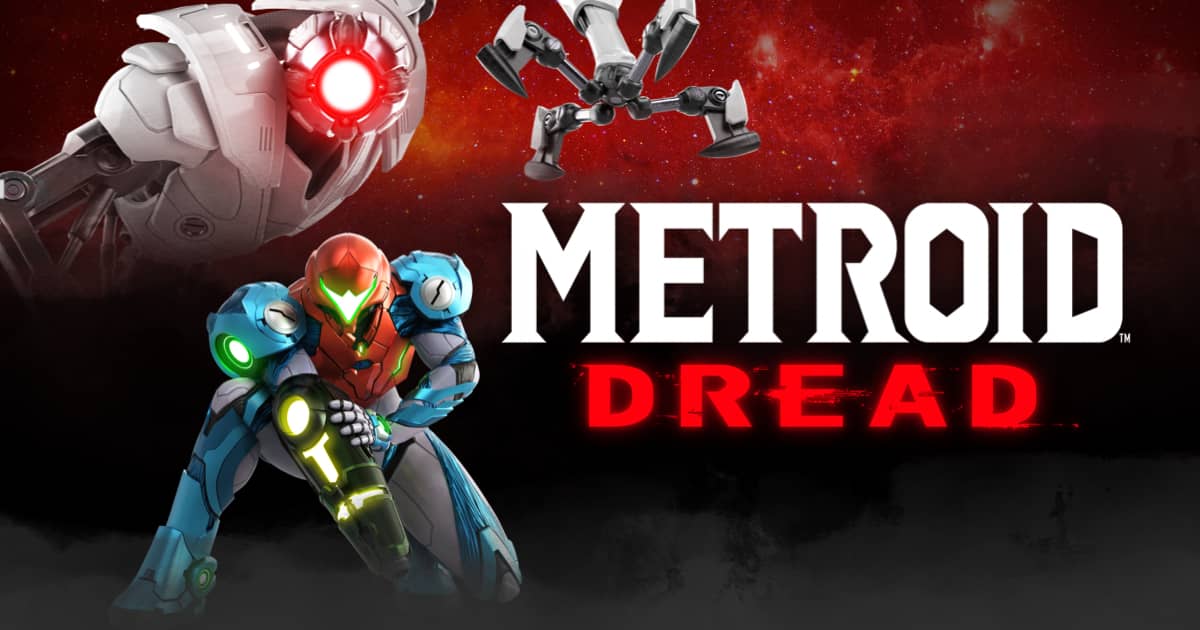
The Metroid series grows more irrelevant every passing year. Nintendo ignores it, and as more indie developers reclaim the “search and find” style of 2D action platformers. It has gotten to a point that the series lost its identity due to Metroidvania becoming a bloated subgenre.
Metroid almost seems quaint in comparison to contemporary titles like Hollow Knight, the Ori games, or Bloodstained: Ritual of the Night. 2D Metroid laid dormant until 2017’s Samus Returns. Between then and Zero Mission, Samus had a trilogy of first-person shooters, a pinball spin-off, the bizarre and divisive Other M, and the loathed Federation Force.
After the experimental Other M, the series really needed to go back to basics. Federation Force was instantly met with earned disdain, and to make up for it Nintendo called on MercurySteam; of the Lords of Shadow reboot series of Castlevania. They were tasked with breathing some life into Metroid II: Return of Samus, in the form of a remake. Then the impossible happened: they made Metroid Dread.
This is a review coupled with a supplemental video review. You can watch the video review or read the full review of the game below.
Metroid Dread
Developer: MercurySteam, Nintendo EPD
Publisher: Nintendo
Platforms: Nintendo Switch
Release Date: October 8, 2021
Players: 1
Price: $59.99 USD
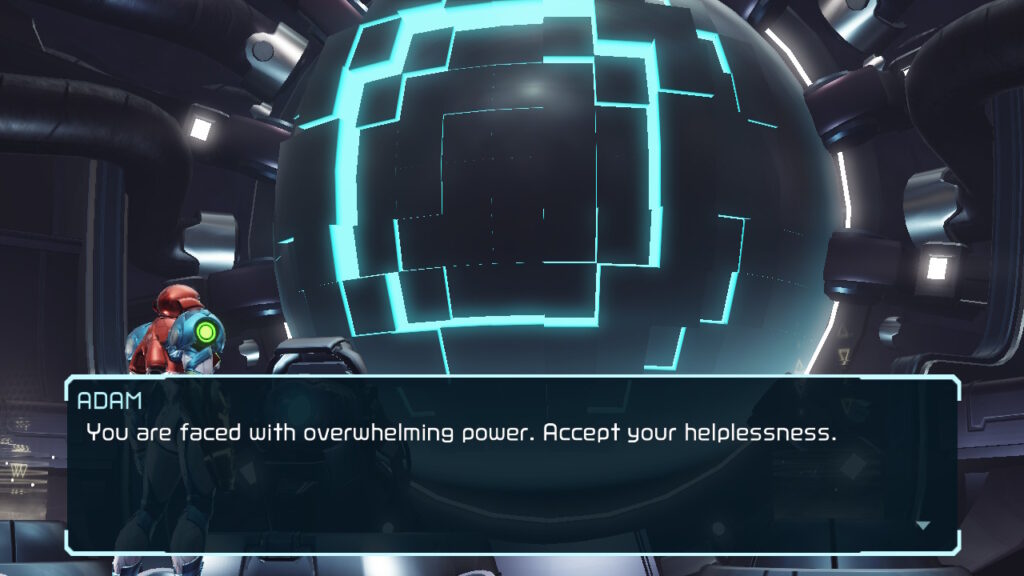
Metroid Dread was a long rumored sequel to Metroid: Fusion for the better part of 14 years. Originally intended to be on the Nintendo DS, the project never materialized. It could be forgiven to assume that it was never real to begin with, and that it was purely just an idea. For whatever reason, the world never got Metroid Dread on the Nintendo DS, and maybe it was for the best.
Samus Returns on Nintendo 3DS would be the 2D Metroid game we would get, and was developed by MercurySteam. This Spain-based action game developer may not be the best team in the world, but they showed some promise with their remake. Their source material was Metroid II; they did the best they could with the material that was given to them.
With Metroid Dread MercurySteam, and series creator Yoshio Sakamoto, don’t have the baggage of remaking something that was already sub-par to begin with. Thankfully, not having this restriction paid off magnificently, in one of the best entries the series has ever had, and is a high watermark for the Metroidvania sub genre overall.
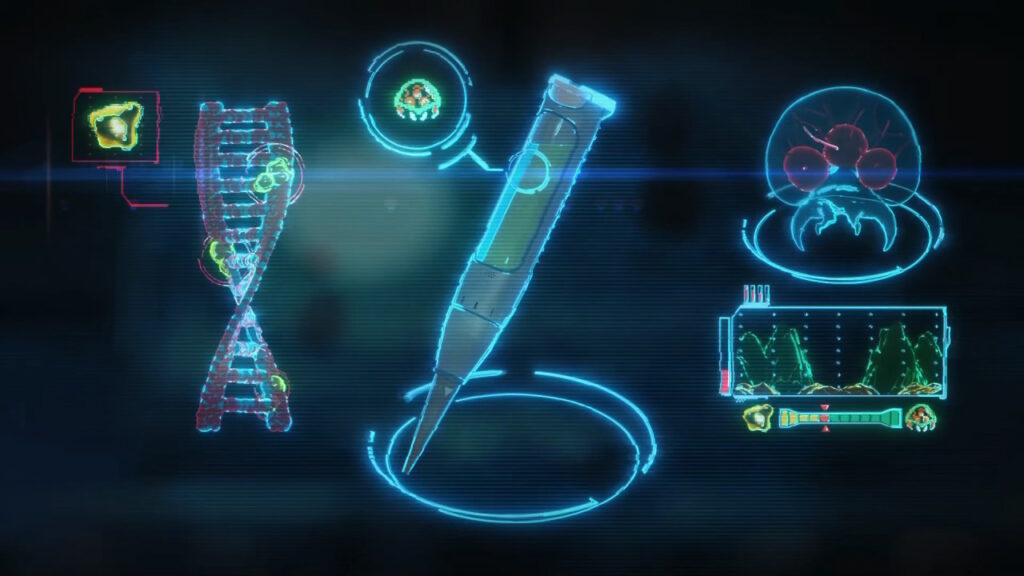
Just with how Dread begins, something feels off. There is a foreboding, ominous atmosphere permeating the introduction; with the familiar Samus theme playing as the backstory is explained and she makes her way to planet ZDR. The tip she got was that an X parasite has been sighted, but the tipper was unknown.
Upon arrival, Samus is overwhelmed by a mysterious Chozo, who not only strips her of all of her gear, but also dumped her in the lowest bowels of ZDR. Stranded from her ship in the derelict industrial zones crawling with creatures, Samus has no choice but to work her way back up to the surface.
The E.M.M.I. droids are Dread‘s main gimmick, and are meant to inspire fear and white knuckle terror. Everything about these machines are unsettling: the way they move, their mechanical chirping, and the unrelenting frantic chase they give. Thankfully, they are relegated to specified zones that they cannot leave to harass Samus.
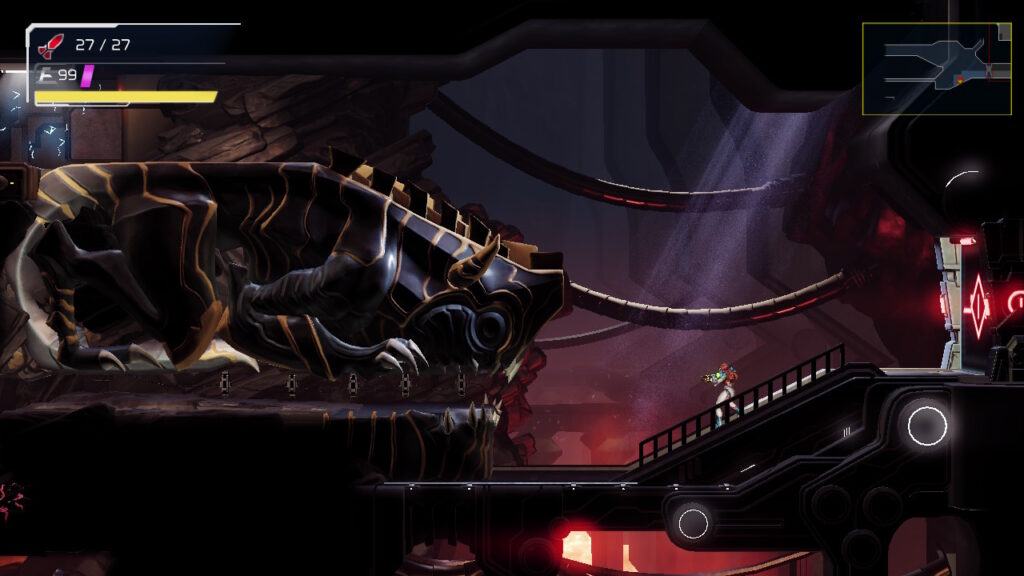
Dread‘s entire model is based on mixing Fusion with Samus Returns‘ style of action. Control and playability have been greatly improved since MercurySteam last got their mitts on the series. In their last game, combat leaned heavily on waiting around for enemies to attack, so players can counter. The arm canon felt too weak, and threats barely reacted to getting shot.
Combat and engagement is much faster and fluid now. Samus moves very gracefully and with confidence; seamlessly transitioning between animations at a snappy speed, and looking incredibly cool while doing so. Compounded with airy and zippy mechanical sound effects for her armor, the simple act of controlling Samus feels really good.
Her melee attack has more flexibility now, and can be performed while running, sliding, and jumping. Now more than ever, Samus controls and feels like a true warrior-bounty hunter. Even with low health or barely collecting energy tanks, no battle is hopeless thanks to how tight and fluid the controls feel.
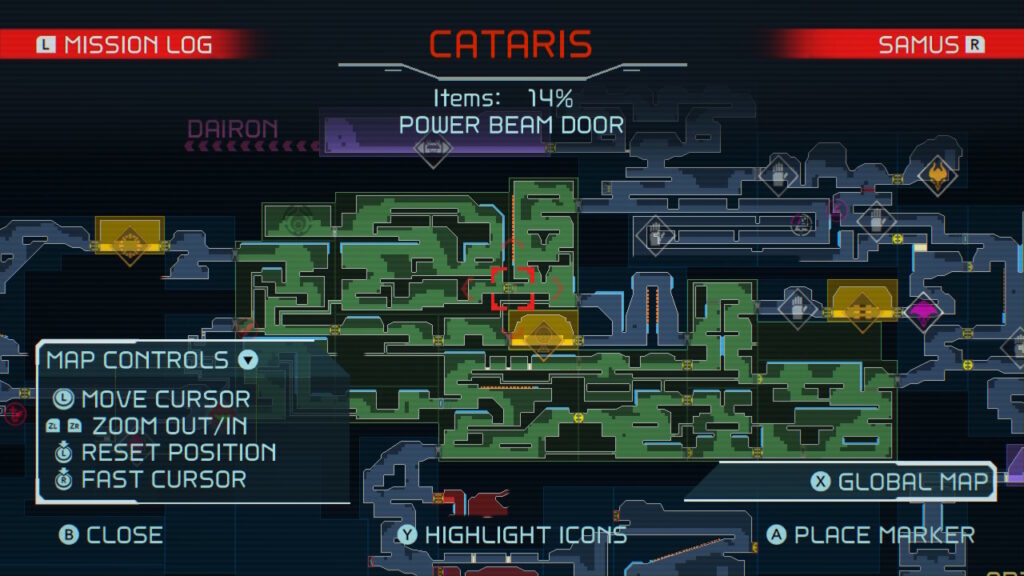
To make sure that the perfect controls are put to the test, Dread was designed to be challenging. For the most part, the difficulty is light, but expect a few skill checks on the first time through. Certain bosses can do unbelievable amounts of damage- as much as an entire energy tank or two.
E.M.M.I.s are a special case, as they cannot be fought the traditional way. Most E.M.M.I. zones will demand some finesse and stealth to bypass, and within every single one of these areas is an aurora unit. These biomechanical computers are mini-bosses, that when defeated allow Samus to absorb omega weapons.
Once acquired, Samus has what it takes to dispatch the local E.M.M.I., but it isn’t like a normal enemy or boss encounter. These droids are like terminators, and the omega cannon needs to do a ton of damage just to break through their armor plating. These moments are tense. The camera angle gets really close, and positions itself slightly behind Samus for maximum drama.
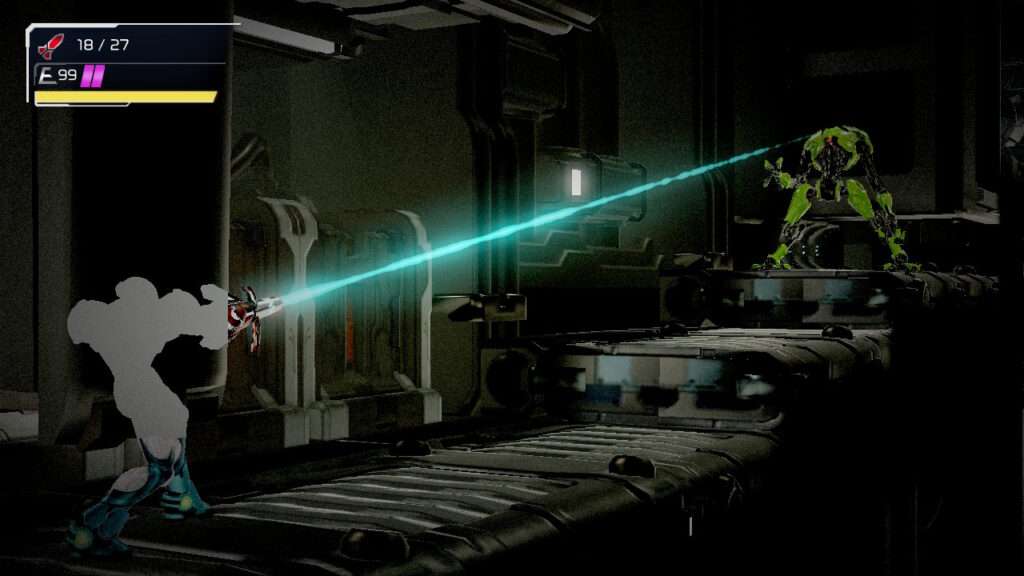
Without the omega canon, E.M.M.I.’s are basically a one-hit kill wall of death. These things are exceptional trackers, and relying on the invisibility cloak is the only way to traverse their turf without alerting them. The cloak and the shift ability do cost aeon energy, so managing the recharge time is a factor to consider.
Getting caught by these murder machines leaves the player with only two chances before an E.M.M.I. chokes Samus like she owes them rent money, then shanks her right in the chest. The timing to parry these is variable, so no matter how good you get at it, there is a good chance of failure.
The cost of failure is a minor slap on the wrist. Samus respawns just outside of the last E.M.M.I. pixel door she entered for a quick retry. Even when dying against traditional bosses, checkpoints are generously close, and there is no tedious retreading from the last save point.
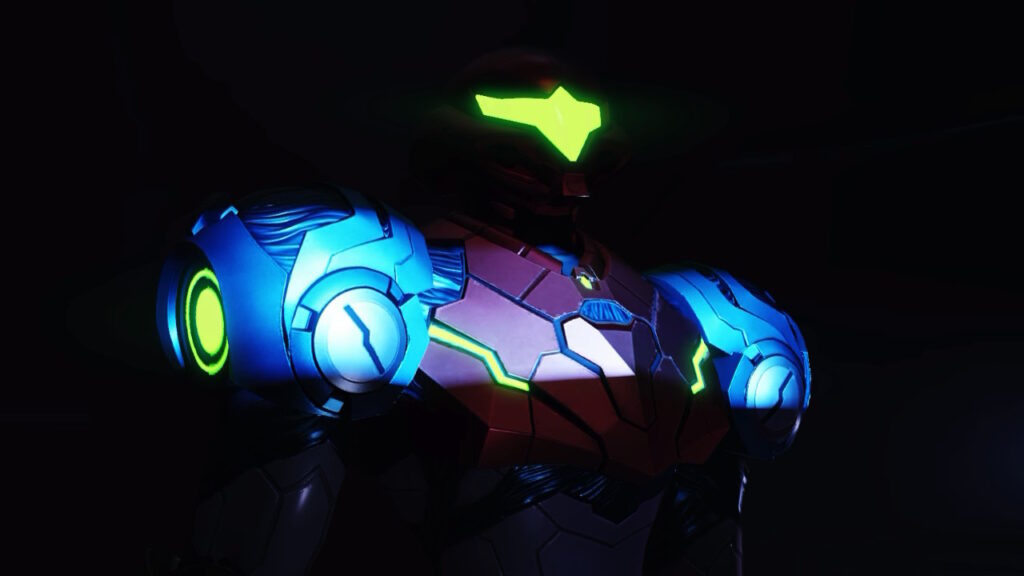
The overall adventure is one of the better scenarios constructed in the Metroid franchise. This is the biggest attempt at horror in the series yet, and also the most action packed. Amidst all the tension and violent battles, Dread does manage to get the puzzle designs right too.
Getting 100% item collection is no easy feat, and will put playtime well into the double digits. Not only will gamers be scratching their heads like mangy apes when confronted with an out of reach upgrade; but a lot of these optional upgrades will demand mastery of Samus’ more advanced moves.
Cheekily designed puzzles will have players saving shinesparking kinetic energy across multiple rooms, that will throw a few pitfalls and monsters along the way. Some of these side activities can be difficult, and not for the feint of heart. They are optional however, and the main patch is always more manageable for average gamers.
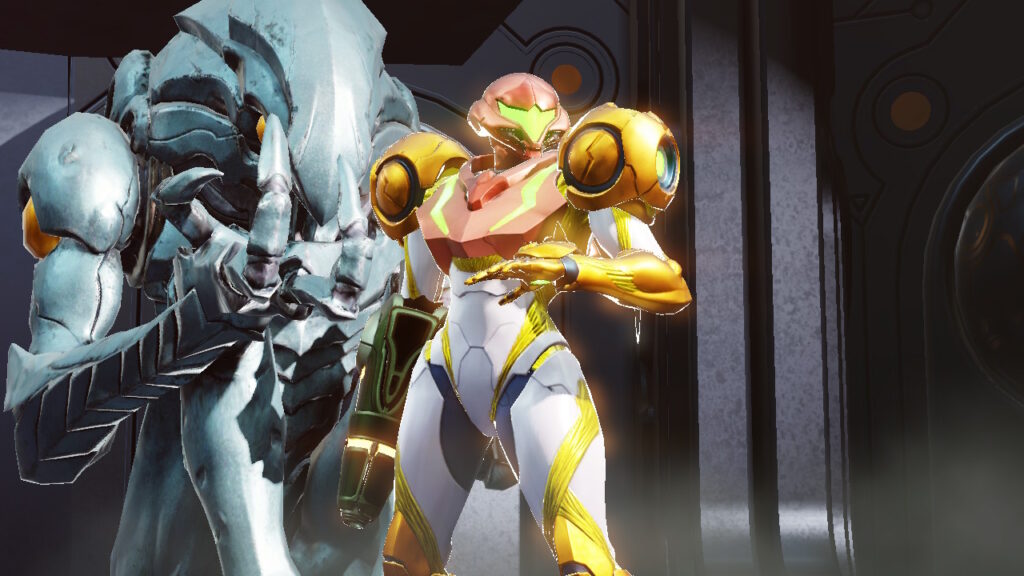
Music is an aspect of the Metroid franchise that has been a long and enduring factor of its relevancy. While most of the games are amazing, a good soundtrack can elevate any experience, and it’s no coincidence that the best Metroid games have great music.
Super Metroid especially has one of the greatest soundtracks of all time, with every theme being memorable and incredibly iconic. For a good soundtrack for a game like this, there needs to be a balance of otherworldly melody and ominous ambiance. Sadly, Dread‘s music is just really plain and forgettable.
It’s not a total waste; the best pieces of music are the ones that are rearrangements of existing themes. These are also very rare, and Dread relies mostly on all new compositions. This was an understandable risk; Samus Returns had a very obnoxious use of the Norfair march, but the new tracks are mostly background alien ambiance noise without driving tone or personality.
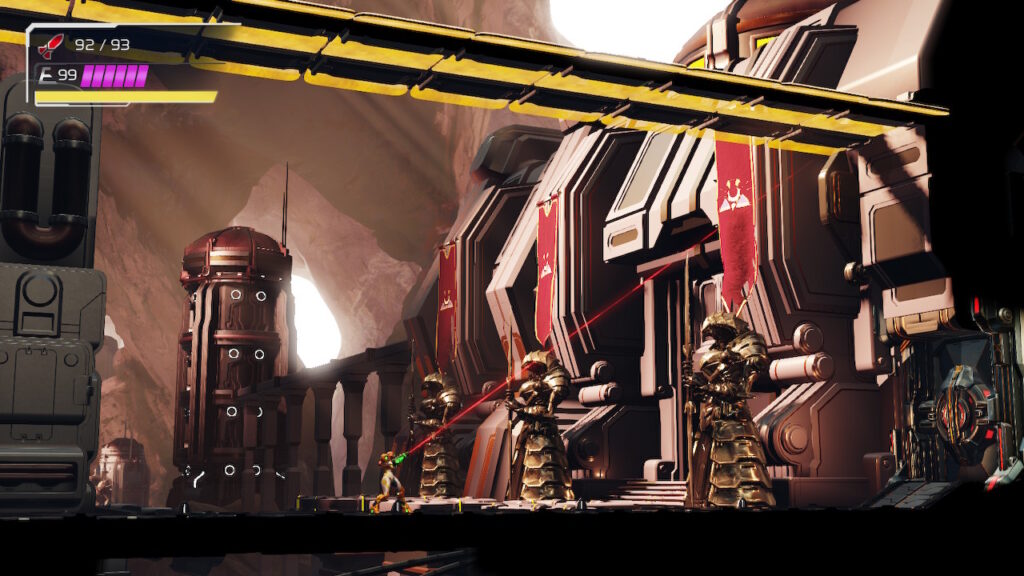
Dread is a visual tour de force boasting incredible artistry, and fluid 60 frames per second gameplay. The bizarre alien architecture and psychedelic colors of the vistas and creatures that contrast with the darkness of the interiors makes for a striking and intense image.
Samus’ new suits are riddled with small details and round edges with articulation upon articulation. Creatures look believable, but not realistic- almost like the kind of imagery that Roger Dean would have illustrated. The backgrounds are especially vivid and vast, despite Dread only being 2D.
As far as 2.5D action platformers go, Nintendo and MercurySteam have set the bar to new heights. The high production values and dazzling presentation are far above anything seen before in the genre, and it’s all packaged in a highly enjoyable experience that has one of the best climaxes in the series- yes, it comes close to eclipsing the end of Super Metroid.
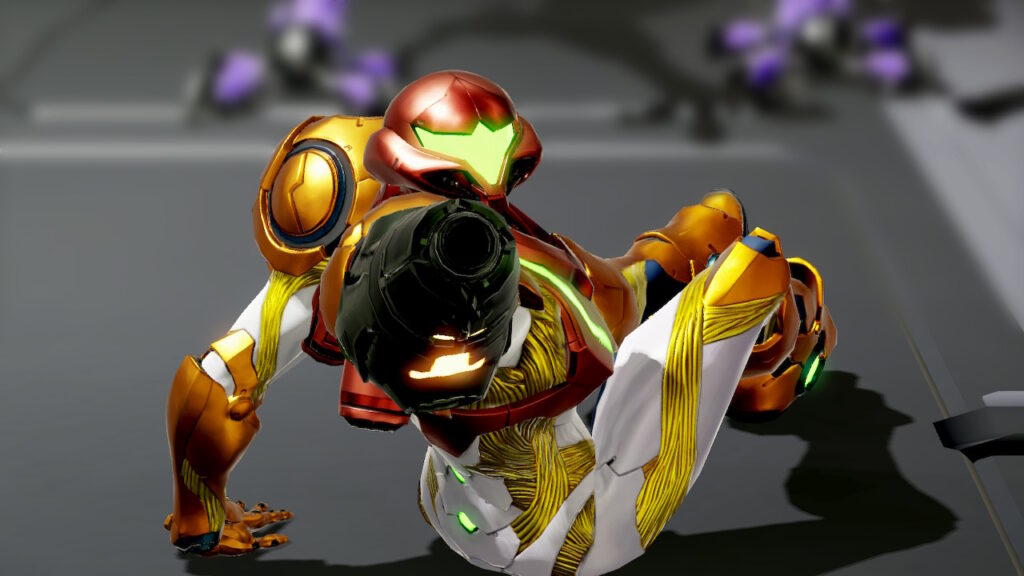
For a series that has had most of the games be very replayable, every single one of the entries has barely any post-game unlockable content. Sadly, Dread follows the tradition with no new game plus, bonus skins or armors, or extra modes other than hard mode.
Even worse, the tradition of Samus undressing her armor for speedy players has been completely dropped; a shame since this incarnation of Samus appears to be the most shapely. The only rewards earned for skillful play is artwork in a gallery. Having skins based on old entries would have been a great way to celebrate Samus’ 35 year long legacy.
Even without post-game rewards, Metroid Dread is a thrilling entry for the series, and for the Metroidvania sub-genre. It may not have the biggest and most cryptic world, or the best soundtrack, but it’s one of the best paced and varied examples on offer. It introduces new ideas to the series, while putting a new spin on tired concepts; pulling it off confidently with a beautiful presentation.
Metroid Dread was reviewed on Nintendo Switch using a copy purchased by Niche Gamer. You can find additional information about Niche Gamer’s review/ethics policy here.